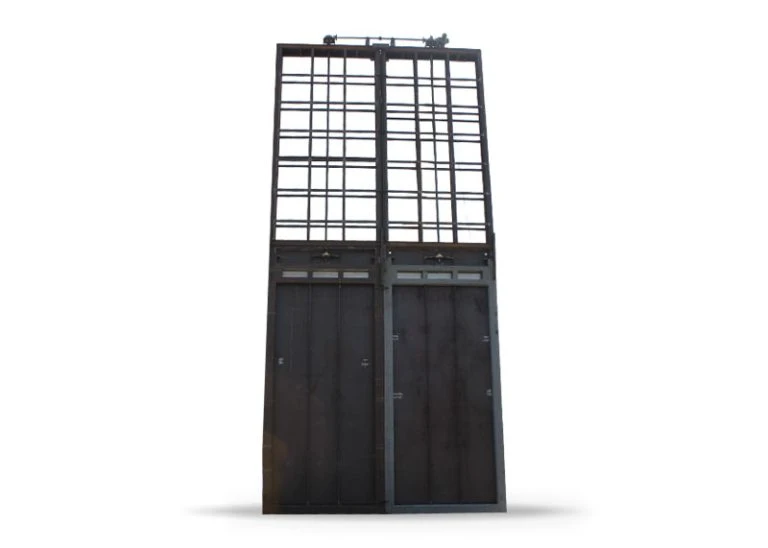When Are Guillotine Dampers Used?
Guillotine dampers are frequently used for isolation in demanding working settings. Because guillotine dampers can function in conditions up to 500°F and a maximum differential pressure of 25 in Wg, they can be used in situations where many other types of dampers could not. Often, guillotine dampers are needed to meet positive isolation criteria with the lowest possible permitted pressure drop.
Sizes and Materials
The materials used to make guillotine dampers might vary depending on the intended use. The damper frame can use structural or manufactured shapes to keep deflection and stresses within predetermined bounds. It is possible to reduce the damper\'s internal corrosion by using stainless steel and other alloys.
Guillotine Dampers from Flexatherm
Guillotine dampers, which are utilized on inlets, outputs, and bypasses, are crucial parts of some baghouse designs. Flexatherm meets the unique requirements of baghouse producers by providing these dampers in parts or fully completed. Flexatherm may provide individual parts, such as Guillotine discs, seats, cylinder supports, shafts, and operators, for integration into the manufacturer\'s ducting for those who do not need a full assembly.
Our Guillotine damper is unique because of its exceptional design features. To ensure a superior seal, we offer a seat ring with a blanchard ground or machined sealing surface. Additionally, our Guillotine disc may accommodate misalignment prior to final seating. Because 316 stainless steel resists corrosion well, it is the material used to make our standard shafts. We can also produce Guillotine dampers, which have two discs attached to the same shaft and can be vacuumed or purged to achieve zero leakage, for bypass applications.
We provide a custom-designed Guillotine damper for use with thermal oxidizers that are used to destroy volatile organic compounds (VOCs). Every Guillotine damper made by Flexatherm has a lockout device that protects users from harm while the baghouse or thermo oxidizer is being maintained. The system is available in both open and closed modes.


